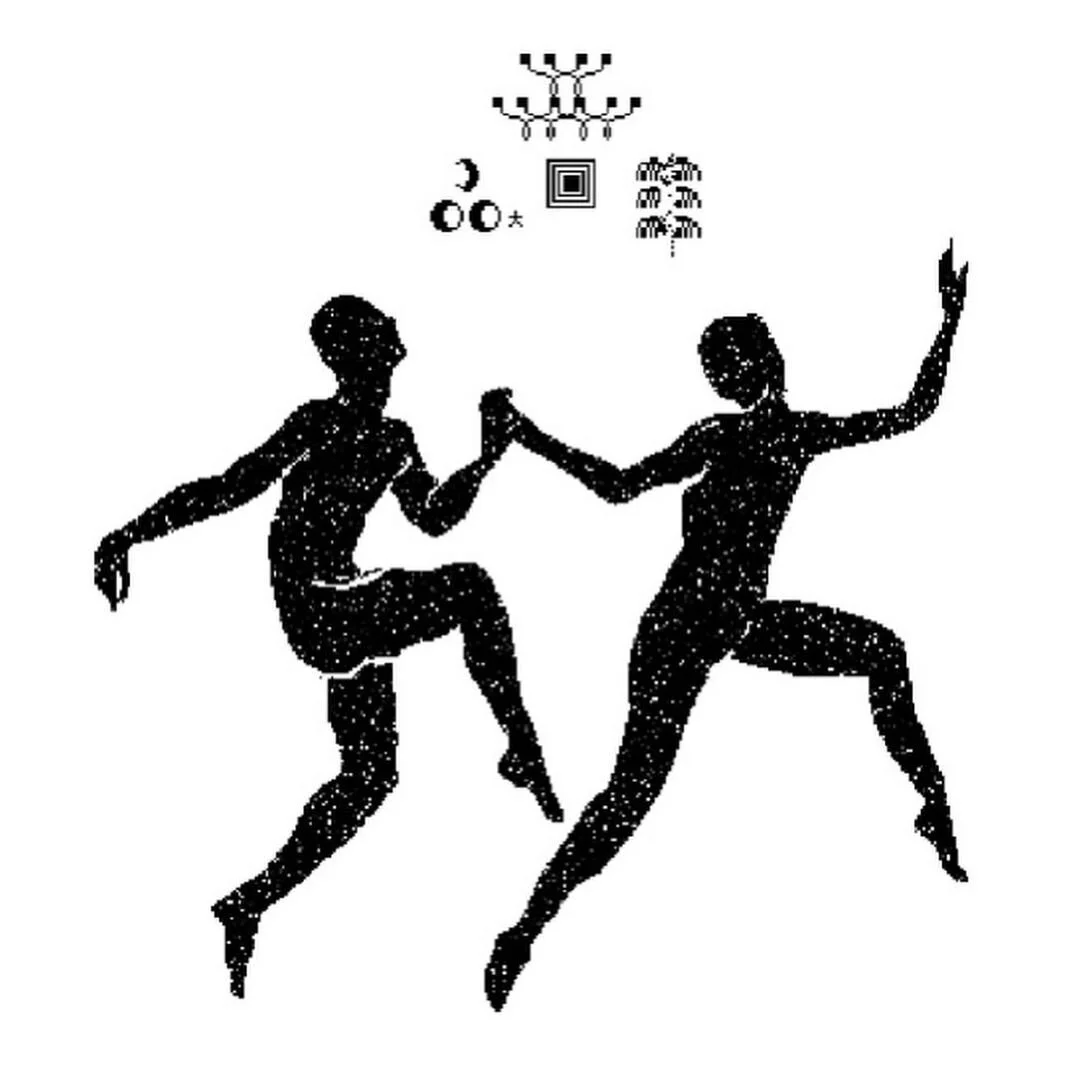Laszlo Moholy-Nagy
Praised for bringing a more modern approach into American design and promoting a unification between art and technology in Bauhaus, Laszlo Moholy-Nagy inspired many people and movements in the arts including the Geometric Abstraction movement. His use of bold colors and striking overlaps with a play on lucidity and transparency opens new and previously conspicuous possibilities for perception.
In 1895, Laszlo Moholy-Nagy was born in a small rural Hungarian town and lived with his mother, grandmother, and little brother after his father abandoned the family. Originally Moholy-Nagy was a law student, but after distressing experiences in World War I, he developed a zeal for drawing. Soon afterwards, he pursued art school, believing in art’s strong political, social and revolutionary faculties. Rejected from the Hungarian Communist Party, he turned to art as his political tool.
His early artwork consisted of abstract landscapes and, later, continuing this non-representational aesthetic, he developed a more technological Cubist style. His approach to art was very much influenced by Dadaism, Suprematism, and, particularly, Russian constructivism. Known for his extensive work in photography, Moholy-Nagy coined the term “photogram” where a photo was developed without a camera. He frequently experimented with light, opacity levels, and form, which is also evident in his artworks.
He was initiated into Bauhaus in 1923—a year after his first solo show at the famed Galerie der Sturm. Moholy-Nagy created a huge shift towards design and industrial integration in Bauhaus as overseer of the critical preliminary courses and co-creator and typographer of the manifesto, Bauhausbucher, for the faculty. Later on in his life, he continued to teach, work in industrial design, and even venture into avant-garde filmmaking.
There is a richness to the Hungarian artist’s work in its boldness and power of both political and social potential accompanied with vivid colors, pronounced shapes and layers. Moholy-Nagy created a revolutionary way of vision through his work and teachings that inspire innovative relationships between form and color with a technical aesthetic.
More to read









